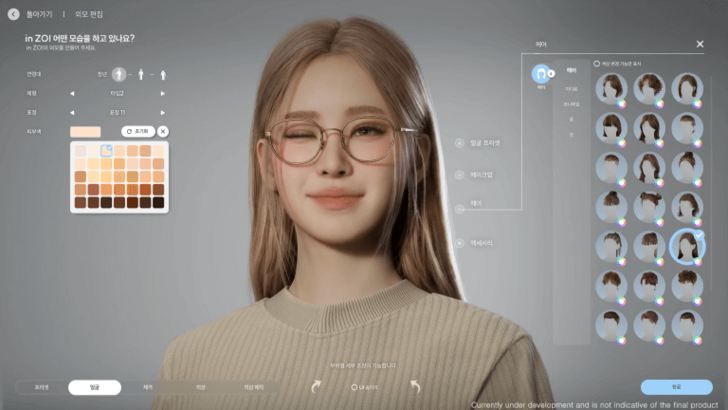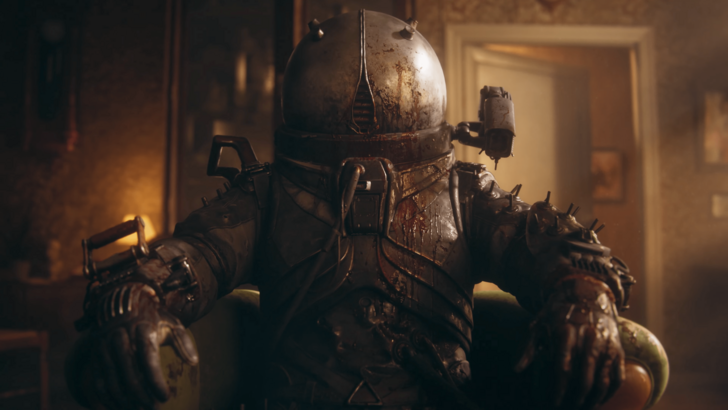An indie developer with experience creating games for the original Switch has analyzed why Mario Kart 9's brief appearance hints at the Switch 2 being substantially more powerful.
The hardware unveiling of the Nintendo Switch 2 captivated audiences last week. However, Nintendo remained notably silent regarding its new handheld's technical capabilities. While upgrades like redesigned Joy-Cons, an improved kickstand, and a larger form factor were evident, the console's actual power remains officially undisclosed.
Could Mario Kart 9's short appearance in the reveal trailer hold clues? In a YouTube analysis (via GamesRadar), Sungrand Studios developer Jerrel Dulay—who worked on Wii U and 3DS titles—predicts significant performance improvements over the original Switch.
Mario Kart 9 – First Glimpse
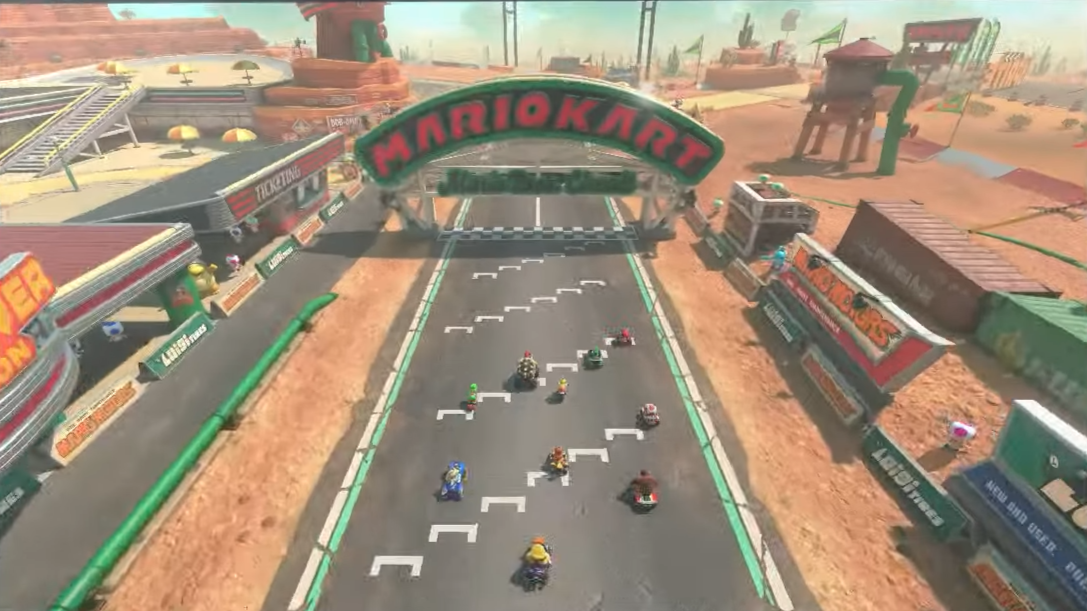
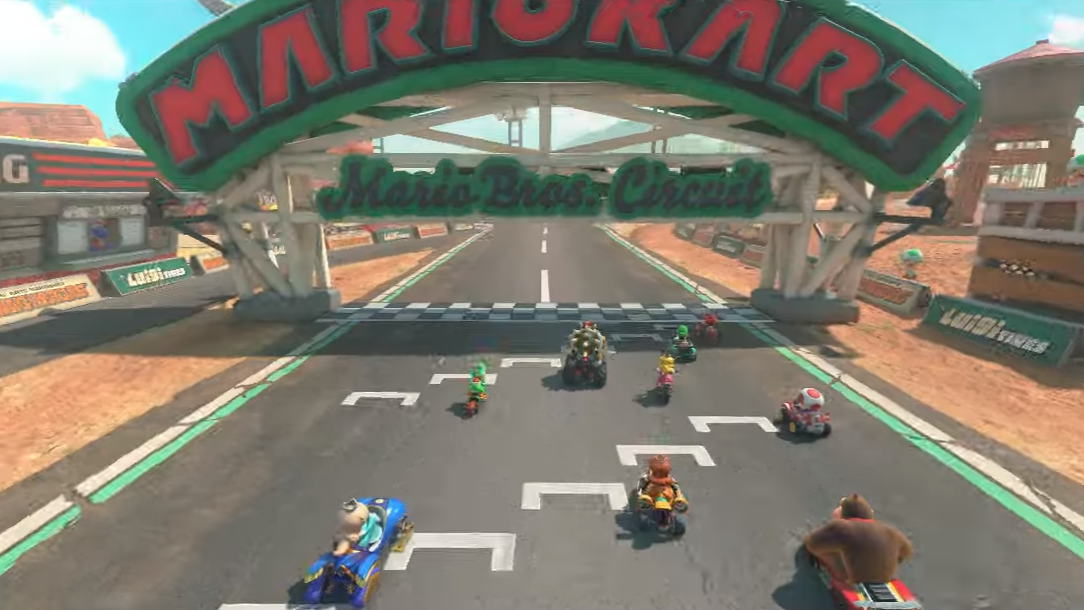
25 Images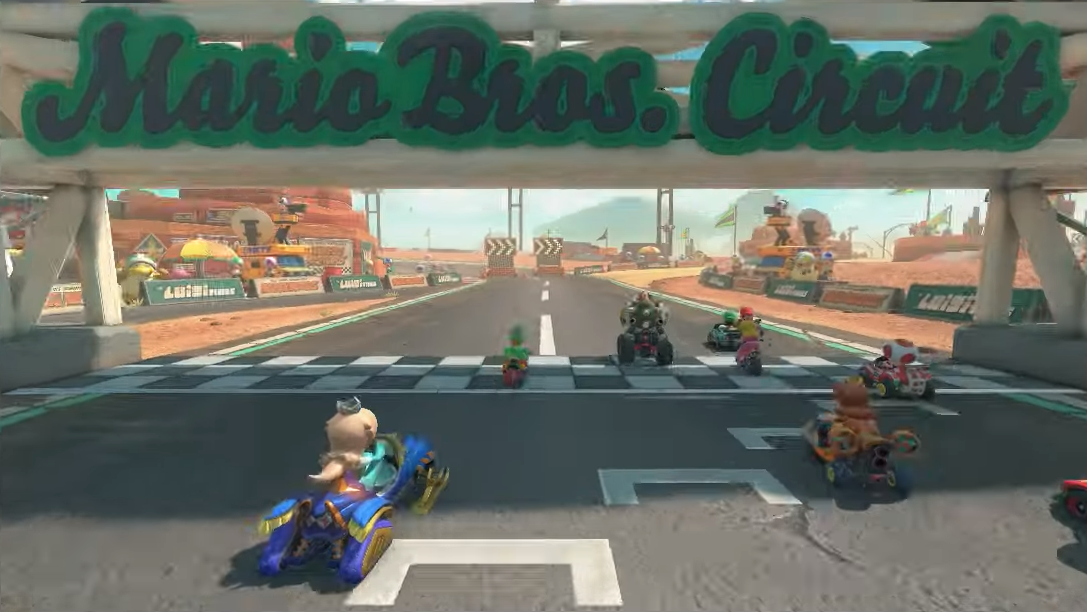
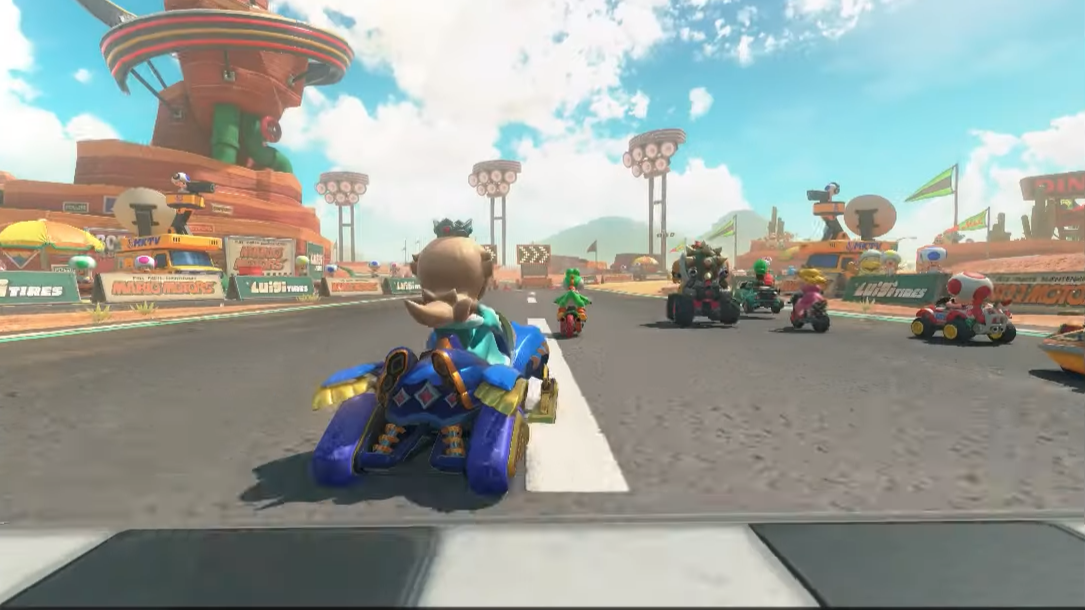
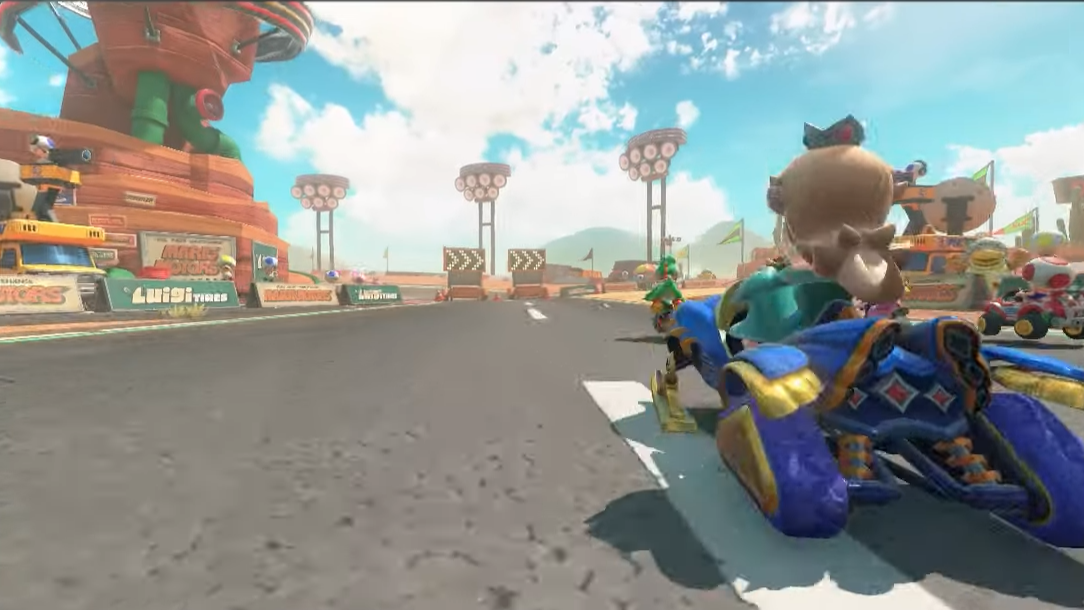

Dulay suggests the Mario Kart footage reveals crucial Switch 2 capabilities, particularly through its use of "physically-based shaders." These sophisticated shaders dynamically interact with lighting and reflections—an intensive process.
Digital Foundry's 2023 analysis proposed the Switch 2 would utilize Nvidia's T239 ARM chip, featuring 1536 CUDA cores—40% fewer than RTX 3050's desktop variant but representing a 500% increase over the original Switch's Tegra X1. This aligns with motherboard leaks indicating an 8nm processor.
"Every visible element employs physically-based rendering," Dulay observes, noting such techniques strained the original Switch's hardware. The trailer further showcases advanced ground reflections and high-resolution textures—demanding substantial RAM.
Rumors suggest Switch 2 will feature 12GB LPDDR5 RAM (up from 4GB), potentially operating at 7500MHz speeds compared to its predecessor's 1600MHz docked limit. This combination enables handling more detailed textures seamlessly.
"We're seeing numerous unique textures simultaneously," Dulay remarks, emphasizing how increased bandwidth accelerates texture loading—critical for maintaining smooth frame rates.
Dulay highlights the inclusion of "true volumetric lighting"—computationally demanding effects accounting for light density and distance. Their presence indicates Nintendo targets stable 60FPS performance.
"This is revolutionary," Dulay states, recalling how volumetric lighting challenged original Switch developers. He also notes distant shadows—another hardware-intensive feature—that previously required aggressive optimization.
The combination of enhanced CUDA cores, expanded RAM, and faster memory suggests Switch 2 surmounts these limitations. Additional evidence includes high-poly models and real-time cloth physics visible in the Mario Kart footage.
As anticipation builds for Nintendo's April Direct, Dulay's breakdown offers valuable technical perspective on Switch 2's graphical potential. Stay updated with IGN's ongoing Switch 2 coverage.
 Home
Home  Navigation
Navigation






 Latest Articles
Latest Articles










 Latest Games
Latest Games










